Kamp Vught: David Koker’s Netherlands
The fat man sails through the air on a trout, a pot of fire dangling from his pole. Seated behind him is a woman in pink. Their destination is the city center, where fish vendors sell raw herring, to be eaten standing, held by the tail and lowered into your mouth. The trio’s progenitor looms nearby. Turned to metal, Hieronymus Bosch stares into space, palette tilted in one hand, thrusting a brush into his waist with the other. He is deciding how to paint his latest nightmare.
The alley mural enlarges a detail from Bosch’s The Temptation of St. Anthony—a triptych chockablock with demons, cities ablaze in the background. I notice it as I hurry to the train station. From ’s-Hertogenbosch (Den Bosch), the painter’s birthplace, my fourth stop on a ten-day trip in the Netherlands, I go to Vught—a picturesque town to the south, favored by the Dutch summering classes. Most travelers, however, find it distinguished by the former concentration camp tucked in its woods.
Kamp Vught, as the Dutch called it, opened in January 1943. A month later, a twenty-one-year-old poet and translator named David Koker and his family arrived from Amsterdam. His father, Jacques, worked in the diamond trade, which at first kept him, his wife, and his sons safe when the Nazis began to deport Jews from the Netherlands; the German higher-ups had a lust for jewelry. The safety afforded by this vice lasted all too briefly.
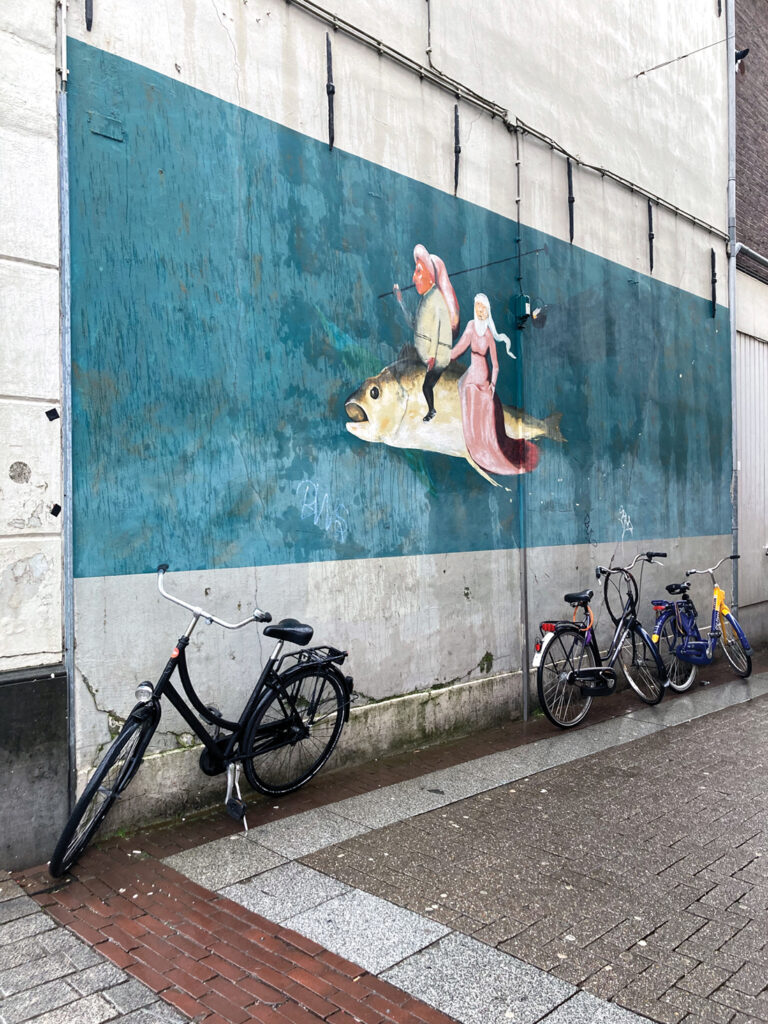
The Netherlands had fallen to Germany in May 1940, and for the rest of the war, Dutch authorities cooperated with the occupying forces. Three-quarters of Dutch Jewry perished, the worst rate of destruction in Western Europe. Of the some 120,000 who were deported to the death camps, including refugees from Nazi Germany, historian Jacques Presser estimates that 5,450 returned alive. Most went through the Westerbork transit camp; 12,000 went through Vught. There, “standing on the edge” of “an absolute void”—Poland, the death camps—Koker kept a diary, a record of his year and a half of internment.
Published to acclaim in 1977 as Dagboek geschreven in Vught (Diary Written in Vught), his account is marked by almost novelistic observation and startling insights made in the moment. Take his description of Heinrich Himmler’s visit to Vught in the winter of 1944:
If you wanted to trace back all the misery and horror to just one person, it would have to be him. Around him a lot of fellows with weary faces. Very big, heavily dressed men, they swerve along whichever way he turns, like a swarm of flies, changing places among themselves (they don’t stand still for a moment) and moving like a single whole.
When he is not watching history strut before him in the shape of a man, Koker is busy falling in (unreciprocated) love with a girl in the camp. Other entries depict the beauties of the surrounding country:
We went along a pleasant forest road . . . and finally ended up on a heath, and that was the most beautiful place I’ve ever seen. The moist, glistening dark overgrowth beyond it, a low white wall of mist, bushes looming above, and a tall pine forest on the horizon. And above all this the sun, between streaks of mist and bits of cloud. The day hasn’t been fully unwrapped yet, I thought. It’s still half in its husk. And the red light, reflected, broken, scattered, by and against all the mist. A Van Gogh painting in its pure straight lines and circles.
Nearly eighty years later, you can look out the window of a bus from Den Bosch at some of the same verdant landscape. After a ten-minute ride, the bus lets out passengers at Nationaal Monument Kamp Vught, a low, gray building in the middle of the woods. The museum, which opened in 1990, occupies a portion of the former camp. It is wedged between a prison and a military base. On my visit, there is also a temporary exhibit on the Ukraine War.
I picked up Koker’s diary when I was in college. The dramatic English title—At the Edge of the Abyss—told me that here was a steely, mature vision of the Holocaust, not the sort of pap I was fed in day school. I also had a passion for the literature of the Netherlands. Dutch was the first or second language I remember wanting to learn; how else to read all the books by Harry Mulisch and Gerard Reve that remained untranslated? My Netherlands wasn’t the birthplace of liberalism and democracy, however, as generations of Americans had pictured it; it was the terror and seduction of Europe, World War II, and the Holocaust. Koker fed both my vision and affection.
According to the view Theodor Adorno and Max Horkheimer popularized in Dialectic of Enlightenment, the camp through whose former grounds I walk was the inevitable outcome of modern European rationalism. Enlightenment thinking, they write, “contains the germ” of a barbarism, as manifested in the carnage of the 1940s. When enshrined as the sole good, rationality—legal, scientific, technological—as easily produces death camps as television sets.
Entering the crematorium, the only original building left at Vught, you see the table on which bodies were prepared for the ovens, and it’s easy to agree with Adorno and Horkheimer. A few yards away stands the children’s memorial, strewn with pebbles and toys brought by visitors. Even at Vught—a concentration camp, then a transit camp, but never a death camp, where the mortality rate was low and the cruelty relatively unexceptional, a minor camp in a minor province of the Nazi empire of death—I want the earth to open up and swallow us all.
“The commandant’s radio was tuned to L[ondon] and played hot jazz,” begins an entry in Koker’s diary. The year of reflections he was able to get smuggled out to his friends in Amsterdam (the last six months were lost) makes for bracing reading as much for the moments of apparent contentment as for the scenes of deportation and casual sadism. The passage continues:
Jews and prisoners are gathered around it and happily keep time with their knees. And a female prisoner dances with a male prisoner, and next to the radio stands a crazy SS man, looking slightly envious and swaying along with the music. The warm sun shines through the windows, and all are contented and cheerful. Sunday morning in a concentration camp.
Vught was apparently intended as a “model camp.” Life here deviated from the “uniform and very harsh regime” that was developed at Dachau and became the norm in concentration camps, as Robert Jan van Pelt observes in his edition of Koker’s diary. Nonetheless, Philip Mechanicus, a diarist in Westerbork, heard enough from former inmates to write that “Vught is certainly one of the bitterest chapters in the persecution of the Jews of Holland.”
Like other camps, Vught attested to a conflict of priorities in the Third Reich. Auschwitz, situated near major European railway hubs, was meant to serve as a labor camp; it became the death camp of all death camps, according to van Pelt, to deal with the influx of prisoners deemed incapable of work. At Vught, Koker and others assigned to the Philips company workshop were for a while protected by the need for radio transmitters. In June 1944, annihilationist antisemitism overrode the aims of the war economy (and thus arguably even the Nazis’ demented form of rationalism), and a new camp commandant sent the remaining Jews east.
I step into a barracks. It’s colder inside than out. The first room on the right contains the rows of triple bunk beds where prisoners slept on top of one another. The top bunk was coveted, despite the scramble it took to reach, because the muck and insects from each bunk sifted down to the ones below. Like the guard towers, like the barbed wire fencing—like everything but the crematorium—they are replicas, reconstructions from plans and photos. Still, I can picture Koker scribbling on stray papers on a pallet, shivering in the cold.
Amid the machinations, local and global, that would decide his fate, Koker kept his diary—and it kept him. Like his countryman and fellow diarist Anne Frank, Koker knew his writing had a future audience. “This morning I became conscious of why I’m writing this diary,” an early entry reads. “This diary reaches beyond the end of the war!” He must have recognized that an account of concentration camp life from the inside would prove invaluable after the war, maybe even for him. Others seemed to agree. “People are asking me about my diary,” he writes. “They approve of it.” Dangerous as it was to keep a record full of secret goings-on, his fellow prisoners even aided his efforts. Above all, the diary gave Koker purpose. “The moments when I’m writing are the only things I really remember. Beyond that the day flows away like water.”
Koker froze to death in February 1945 on a sick transport to Dachau. Buried in a mass grave, his remains were never identified. Near the end of the diary, he wrote: “The whole history is here, with all its ups and downs. . . . To this point the diary is a finished whole.” His brother Max, who survived the war, thought so too. After decades of delay, he published it with the help of Karel van het Reve, a prominent critic in the postwar literary scene and one of the people for whom Koker wrote the diary. Van het Reve wrote in his foreword:
I am older now than our combined ages at the time he died. I catch myself fantasizing from time to time: considering the possibility that he survived and is stuck somewhere, unable to communicate—insanity, illness, a Russian administrative mistake.
As I look at photos from Kiev and Mariupol in the temporary exhibit, an attendant urges me to wrap up my visit. “We close in five,” she says in that perfect English of the Dutch. The bus route is on a loop; I see a few more minutes of residential Vught, wealthy, green, and quiet, before returning to Den Bosch. The next day, lugging my bags to the station, I see the man and woman on the trout. In the original, they fly across the sky in the upper right-hand side of the triptych, far above the cavorting devils and the hellscape. But here on the mural the terrors are absent and, whatever it symbolized for Bosch, the trio is merely amusing.
After this trip, whenever I open Harry Mulisch’s The Discovery of Heaven, I will remember the secondhand shop in Den Bosch where I bought a copy. When I think about Gerard Reve (Karel’s more famous brother), I will remember his papers displayed in OBA Oosterdok, the big library that overlooks the water in Amsterdam. And when I reread Koker’s diary, I will remember the ugly barracks tucked in the woods of a lovely town. My Dutch mental bookshelf has become a set of landmarks.
The pleasure of this epiphany lasts only a moment. I feel uneasy linking Koker forever to a patch of hell. And I remember then that there resides in books a life that is more than life.
Maybe Koker had the same thought. It would explain why he wrote, despite everything, about Van Gogh landscapes and camp romance. Stuck in Vught, he remained unconfined. Indeed, he let himself, every once in a while, and at the risk of going mad, fantasize about being home. And so I will remember him as he would have preferred: in Amsterdam, a bold young thinker, building a world in words. In a poetic fragment recovered from his family’s apartment by van het Reve after they had been sent to Vught, Koker wrote:
If war were not the order of the day
we’d sit together, late into the evening
talking over coffee about loves and hates,
about better angels and inner demons.
This is our house and this our street.
When you pass by here, you will spare us a thought.
Suggested Reading
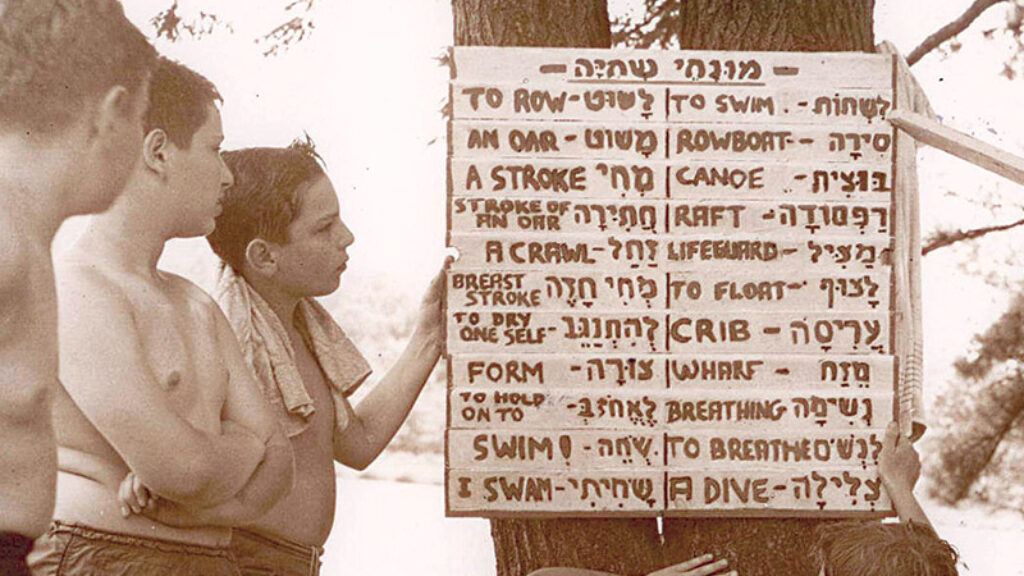
Those Days Are Gone Forever
What, exactly, is camp spirit?
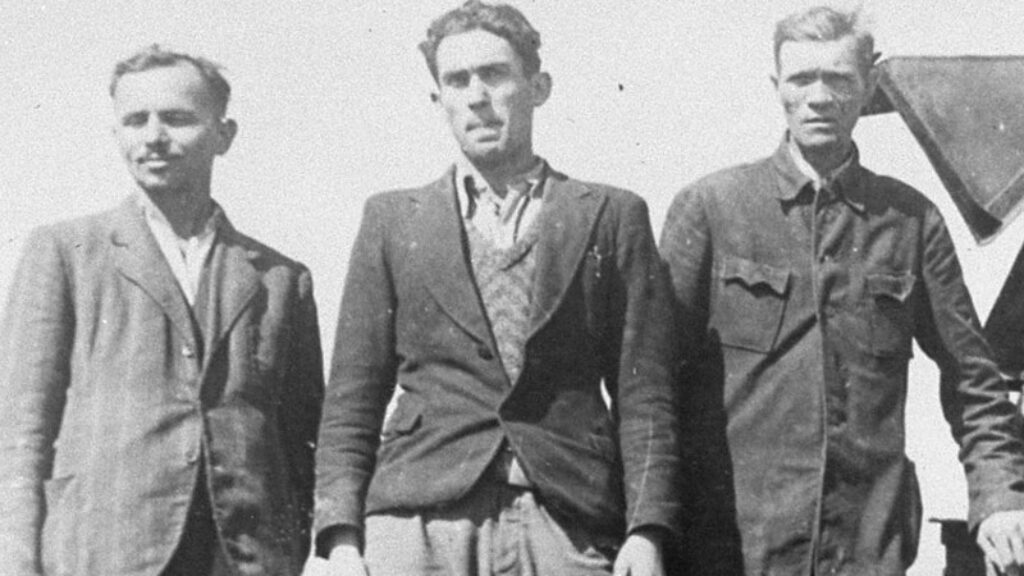
Come Here to Me, You Fortunate Citizen of the World
Zalmen Gradowski’s testimony makes the sadism of the Nazi enterprise painfully clear. That seems obvious, but it runs counter to most Holocaust education.
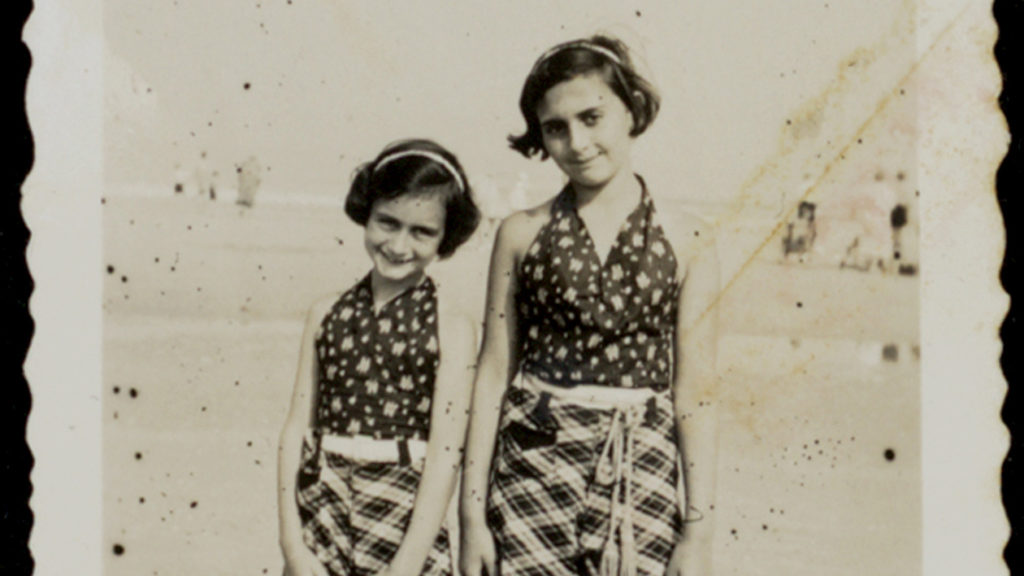
Who Owns Margot?
What if Anne Frank’s sister had survived Bergen-Belsen? Interesting, but . . .
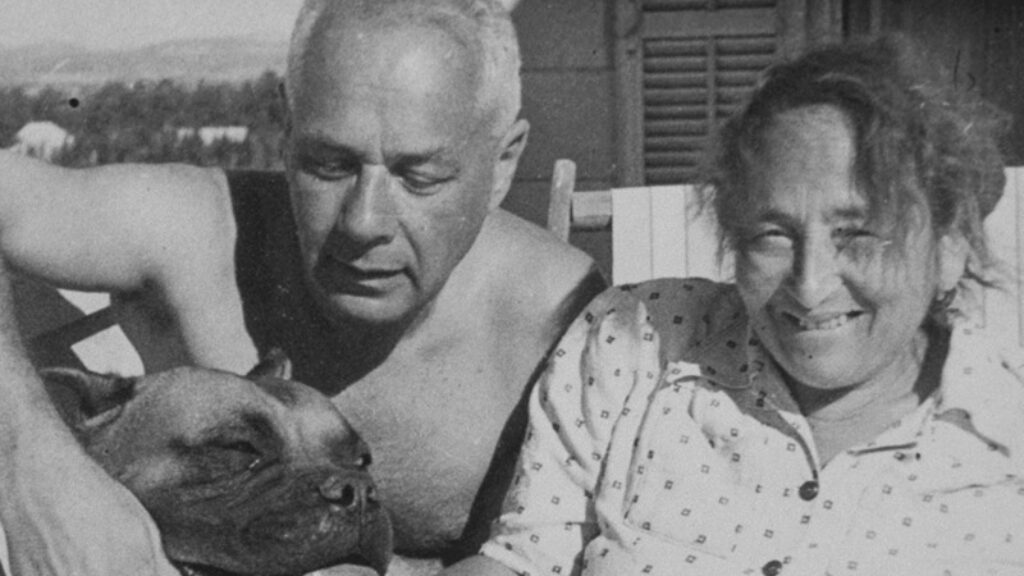
When Canines Were in the Land
Did dogs save the Jewish State?
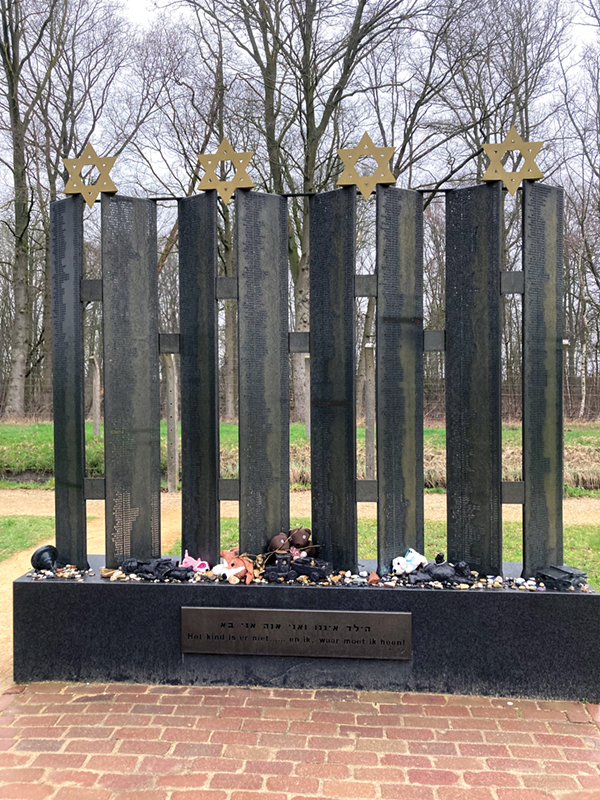
Comments
You must log in to comment Log In